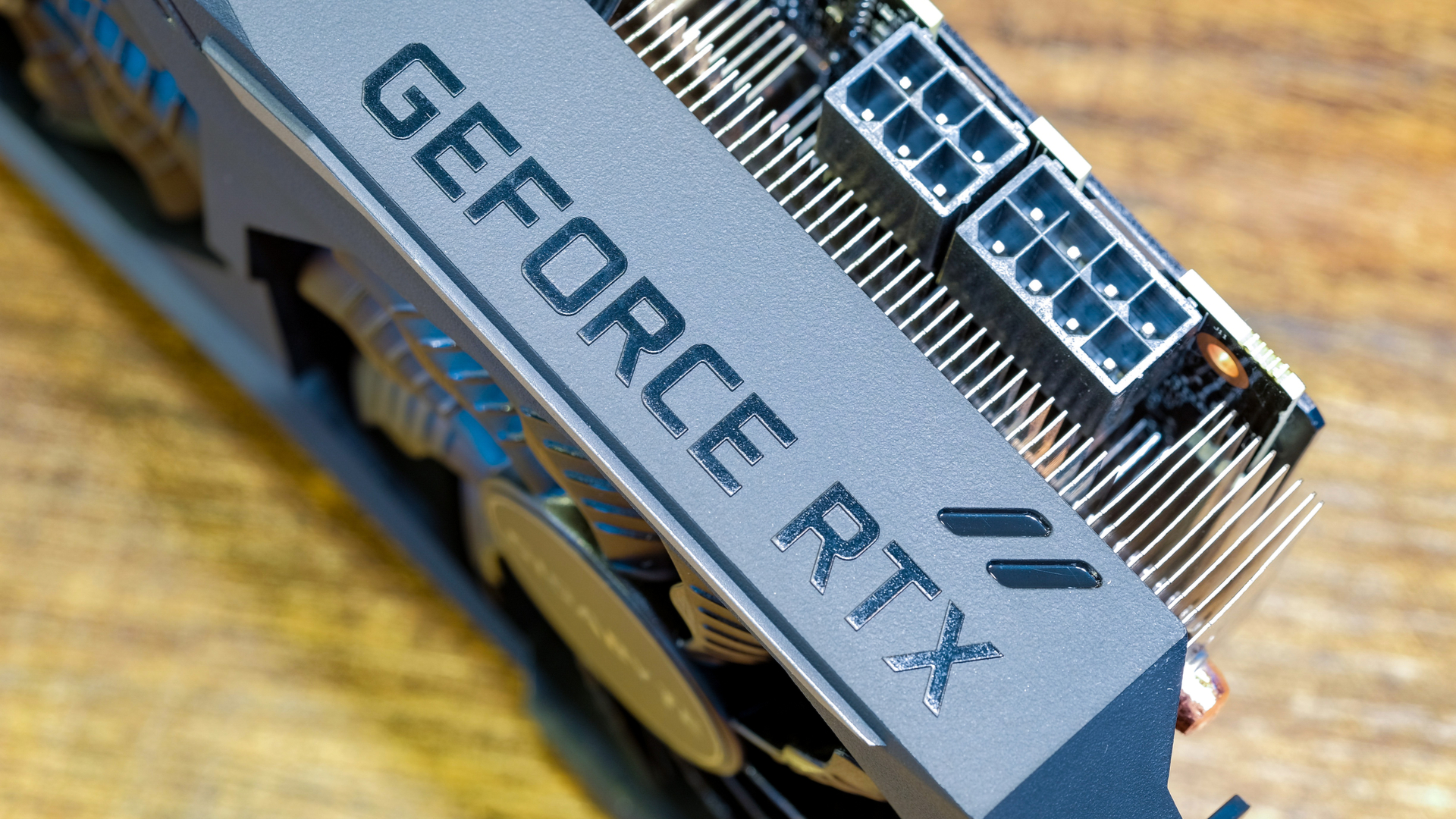Nvidia GeForce RTX 3080 speeds revealed — and AMD Big Navi is in trouble
Nvidia GeForce RTX 3080 leak reveals 2.1GHz top speed

With Nvidia’s next-generation GeForce graphic cards set to be revealed on September 1, rumors around the Ampere-based GPUs are coming thick and fast.
The latest pair of leaks detail more of the GeForce RTX 3080 and RTX 3090’s specs. A new entry in the Userbenchmark database, flagged by VideoCardz, has the RTX 3080 tipped to have a 2.1GHz maximum clock speed and 10GB of video memory. And memory maker Micron revealed that it will be supplying the memory modules for the GeForce RTX 3090, claiming it will have 12GB of GDDR6X VRAM, which Tom’s Hardware noted will deliver a bandwidth of 1TB/s thanks to a 384-bit memory interface.
- Batman Gotham Knights/Court of Owls game: What to expect
- Breath of the Wild 2 release date just leaked — and it looks imminent
- Just in: Nvidia GeForce RTX 3090 price just leaked — and it's bad news
Those are some mighty specs, but they also add in a degree of confusion, as previous rumors have claimed the GeForce RTX 3090 - also potentially called the RTX 3080 Ti - will have 20GB of VRAM. 10GB of VRAM for the RTX 3080 does seem to track with previous rumors, and combined with a memory clock speed of 4,750MHz it will deliver a memory speed of 19Gbps and a bandwidth of 760GB/s.
For comparison, the current top-end consumer Nvidia graphics card, the GeForce RTX 2080 Ti comes with a 1,545MHz boost clock speed, 11GB of GDDR6 video memory, and a memory speed of 14Gbps and bandwidth of 616GB/s. Essentially, the RTX 3080 and RTX 3090 will thoroughly outperform the older GPU.
Even if some versions of the next-generation GeForce RTX cards have less memory and slower clock speeds, the efficiency and performance gains Nvidia has made in its Ampere GPU architecture, currently found in datacenter-grade graphics cards, is set to outperform the Turing-based GPUs. That’s hardly a revelation, but improved performance, especially in games that support ray-tracing, should make the next-generation GeForce graphics cards pretty compelling for PC gamers.
With the PS5 and Xbox Series X promising ray-tracing support, we can expect more games to come with the high-end and demanding light rendering technique. Therefore investing in a GPU that supports ray-tracing becomes a lot more compelling.
All this memory and performance isn’t likely to come cheap. But with AMD Big Navi supposedly bringing in an ‘Nvidia-killer’ graphics card, Nvidia’s next-generation GPUs are likely to bring all the power they can muster to keep Team Red at bay.
Get instant access to breaking news, the hottest reviews, great deals and helpful tips.
But if Big Navi delivers impressive performance at a price that undercuts these upcoming high-end GeForce GPUs then it could take Nvidia down a notch or two when Big Navi gets revealed this fall. So we’ll have to wait and see if AMD can truly take on Nvidia in the high-end graphics arena.

Roland Moore-Colyer a Managing Editor at Tom’s Guide with a focus on news, features and opinion articles. He often writes about gaming, phones, laptops and other bits of hardware; he’s also got an interest in cars. When not at his desk Roland can be found wandering around London, often with a look of curiosity on his face.
